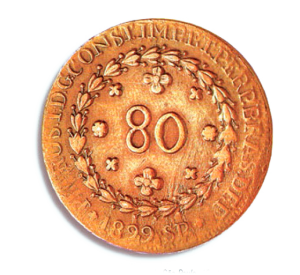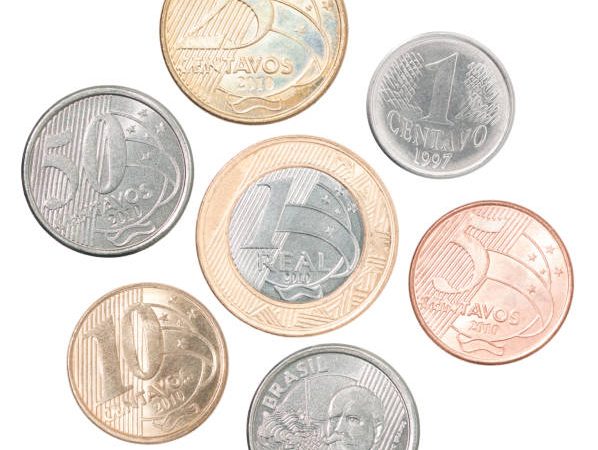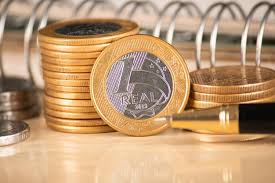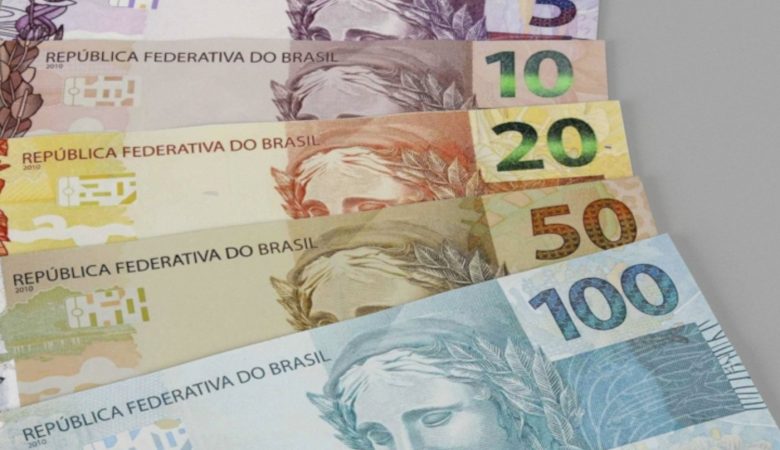What are Brazilian coins called?
Brazil uses the Brazilian Real as its official currency, and its common coins are known as “Centavos.” Similar to how “cents” in the US and “pence” in the UK are used to denote the component of the Brazilian Real, the word “Centavo” is used in Brazil. Centavos are used for transactions involving quantities smaller than one Brazilian Real (BRL), and they come in a variety of denominations. The coins come in denominations of 1 real, 5, 10, 25, and 50 centavos.
Speciality of Brazilian coins:
Like coins from many other nations, Brazilian coins have distinctive characteristics that make them stand out and frequently include details of the country’s history, culture, and natural resources. Here are some noteworthy characteristics and unique features of Brazilian coins:
- Diversity in Denominations: Brazilian coins exist in a variety of values, including 1, 5, 10, 25, and 50 centavos. Transactions may be carried out precisely over a range of quantities because to its variety.
- Bi-metallic Design: The $1 coin is a bi-metallic coin, meaning it contains two separate metals. Typically, the inside portion is composed of bronze or similar alloy, while the outside ring is constructed of stainless steel. This style makes the coin more durable and makes it easier to identify.
- Depiction of National Symbols: Important national symbols, like the Southern Cross constellation shown on the nation’s flag, are frequently depicted on Brazilian coins. The constellation is a representation of Brazil’s national identity that may be found on the 1 real coin.
- Representation of Indigenous Culture: The indigenous populations of Brazil are shown on certain coins, highlighting the significance of these groups and the rich cultural legacy of the nation.
- Flora and Fauna: Brazilian coins usually feature different natural plants and animals. On the coins, there are frequently depictions of flowers, animals, and birds, symbolizing the richness and different ecosystems of the nation.
- Historical and Architectural Elements: A glimpse into Brazil’s history and cultural legacy may be obtained by looking at some coins that feature historical personalities, noteworthy locations, or major buildings.
- Inscriptions and Design Consistency: The denomination, the words “Deus Seja Louvado” (which translates to “God Be Praised”), and the year of issuance are all inscribed on Brazilian coins. The coin’s worth can be quickly determined because to the consistent design.
- Security Features: To prevent money fraud and assure currency validity, Brazilian coins may have security elements in their design.
- Regular Updates and Redesigns: The Brazilian Central Bank alters the coin’s design on a regular basis to enhance security, toughness, and appeal, keeping the money up to date and representative of the country’s development.
These distinguishing elements work together to give Brazilian coins their distinctive and unmistakable qualities, representing Brazil’s culture, tradition, and natural abundance.

Brazilian coins Elements:
Brazilian coins have a variety of components that collectively form their design and look, including values, symbols, pictures, and inscriptions. The following are the main components frequently seen on Brazilian coins:
- Denominations: Brazilian coins exist in a variety of values, including 1, 5, 10, 25, and 50 centavos. In the Brazilian monetary system, each denomination corresponds to a certain value.
- Bi-metallic Composition (1 Real): The one genuine coin has a bi-metallic design, which combines two distinctive metals to give it a unique appearance. Typically, the inside portion is composed of bronze or similar alloy, while the outside ring is constructed of stainless steel.
- Images of National Symbols: Popular national symbols are frequently shown on Brazilian coins, such as the Southern Cross constellation (Crux), which is an important part of the Brazilian flag and emblem. The 1 real coin prominently features this emblem, which stands for national identity.
- Depiction of Indigenous Culture: Some coins have imagery from Brazil’s indigenous culture, highlighting the significance of indigenous heritage to the identity and history of the nation.
- Flora and Fauna: Brazilian coins frequently feature depictions of natural fauna (animals and birds) and flora (plants), displaying the nation’s vast biodiversity. This features pictures of different species that may be found in the varied environments of Brazil.
- Historical and Architectural Elements: A look at Brazil’s history and cultural legacy may be gained from some coins that feature historical personalities, prominent locations, or major buildings.
- Inscriptions: Brazilian coins are imprinted with the year of release, the slogan “Deus Seja Louvado” (which translates to “God Be Praised”), and the denomination (in words and numbers). Typically, these inscriptions are placed around the coin’s design.
- Mint Marks: Indicating the location or minting facility where the coin was created, certain coins may bear mint markings.
- Security Features: Brazilian coins may have security mechanisms to prevent counterfeiting and maintain the currency’s integrity.
- Design Updates: Brazilian coins may occasionally have their designs changed in order to improve security, durability, and attractiveness as well as to include fresh features that represent the country’s changing culture and values.

These components combine to produce distinctive and recognized designs for Brazilian coins that highlight the cultural, historical, and natural features of the nation.





